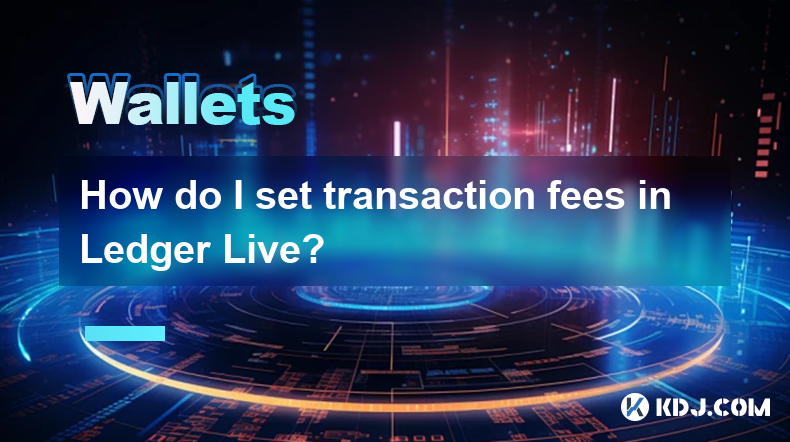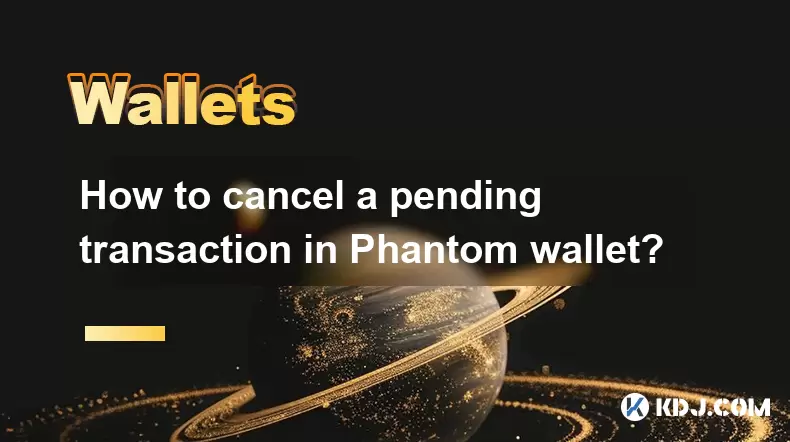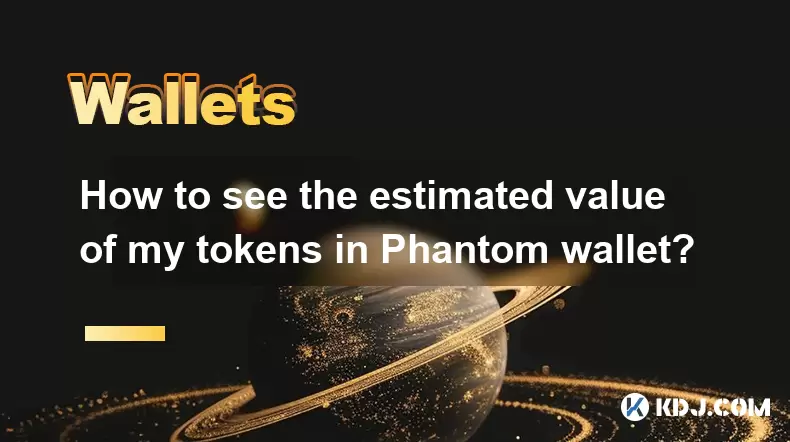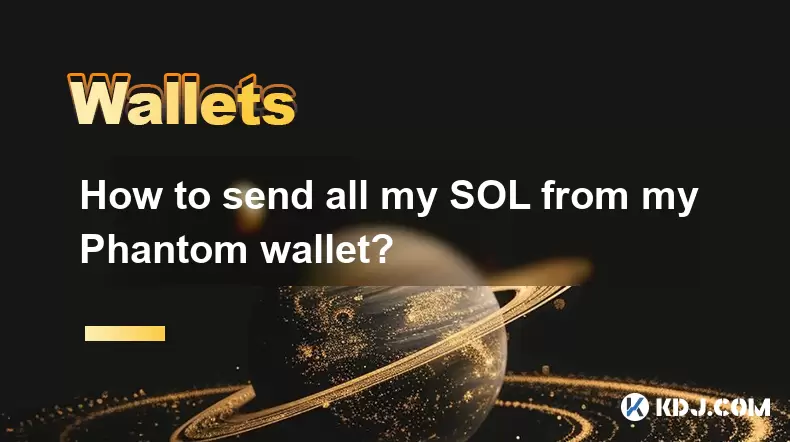-
 Bitcoin
Bitcoin $108,562.4295
0.46% -
 Ethereum
Ethereum $2,533.9553
1.52% -
 Tether USDt
Tether USDt $1.0002
-0.01% -
 XRP
XRP $2.2542
2.23% -
 BNB
BNB $662.4567
1.48% -
 Solana
Solana $151.4114
3.48% -
 USDC
USDC $0.9999
0.00% -
 TRON
TRON $0.2860
0.91% -
 Dogecoin
Dogecoin $0.1685
3.72% -
 Cardano
Cardano $0.5809
1.63% -
 Hyperliquid
Hyperliquid $39.2916
1.85% -
 Sui
Sui $2.8874
0.85% -
 Bitcoin Cash
Bitcoin Cash $496.5801
2.72% -
 Chainlink
Chainlink $13.3582
2.48% -
 UNUS SED LEO
UNUS SED LEO $9.0279
0.07% -
 Avalanche
Avalanche $18.0773
2.30% -
 Stellar
Stellar $0.2426
3.05% -
 Toncoin
Toncoin $2.9086
6.01% -
 Shiba Inu
Shiba Inu $0.0...01170
2.97% -
 Hedera
Hedera $0.1587
3.47% -
 Litecoin
Litecoin $87.4596
1.13% -
 Monero
Monero $317.0425
0.73% -
 Polkadot
Polkadot $3.3778
1.90% -
 Dai
Dai $0.9999
-0.01% -
 Ethena USDe
Ethena USDe $1.0001
-0.01% -
 Bitget Token
Bitget Token $4.4095
0.63% -
 Uniswap
Uniswap $7.3593
6.80% -
 Pepe
Pepe $0.0...09910
3.64% -
 Aave
Aave $274.7388
2.68% -
 Pi
Pi $0.4607
0.48%
How do I set transaction fees in Ledger Live?
Ledger Live offers automated transaction fee suggestions, adjustable manually to balance speed and cost. Higher fees ensure faster confirmations, while lower fees risk delays or failure; understanding gas fees (especially for Ethereum) is crucial.
Mar 21, 2025 at 08:07 pm

Key Points:
- Ledger Live automatically suggests transaction fees, but you can manually adjust them.
- Higher fees generally result in faster transaction confirmations.
- Lower fees might lead to longer processing times or even transaction failure.
- Understanding gas fees (for Ethereum and ERC-20 tokens) is crucial for fee management.
- You can influence transaction speed and cost by adjusting the fee.
How Do I Set Transaction Fees in Ledger Live?
Ledger Live simplifies cryptocurrency management, including fee adjustments. However, the process varies slightly depending on the cryptocurrency you're using. For most cryptocurrencies, Ledger Live automatically suggests a transaction fee based on current network conditions. This suggested fee aims to provide a balance between speed and cost. You'll see this suggested fee prominently displayed before confirming your transaction.
Understanding how network congestion impacts fees is essential. During periods of high network activity, the suggested fee will likely be higher to ensure your transaction is processed quickly. Conversely, during less congested periods, the fee will typically be lower.
To manually adjust the transaction fee in Ledger Live, you'll usually find an option to modify the fee amount directly on the transaction confirmation screen. This might be labeled as "Fee," "Gas Fee," or a similar term, depending on the specific cryptocurrency. The exact location might vary slightly across different cryptocurrency interfaces within Ledger Live.
Adjusting Fees for Different Cryptocurrencies:
The process of adjusting transaction fees is relatively similar across most cryptocurrencies supported by Ledger Live. However, understanding the specifics for different networks is vital.
- Bitcoin (BTC): Bitcoin uses a fee system based on transaction size and network congestion. Ledger Live will automatically suggest a fee, but you can typically increase or decrease it to influence transaction speed. Lower fees might result in slower confirmation times.
- Ethereum (ETH) and ERC-20 Tokens: Ethereum and tokens built on its network (ERC-20) utilize "gas fees." Gas is the computational unit required to execute a transaction on the Ethereum blockchain. Ledger Live displays the gas fee in Gwei (a unit of Ether). You can adjust the Gwei value to change the fee. Higher Gwei values lead to faster confirmations.
- Other Cryptocurrencies: Most other cryptocurrencies supported by Ledger Live will have a similar fee adjustment mechanism. Check the transaction confirmation screen for options to modify the fee. Always consult the specific cryptocurrency's documentation for detailed information about their fee structure.
Step-by-Step Guide (Illustrative Example):
Let's assume you're sending ETH. The steps might differ slightly for other coins, but the principle remains similar:
- Initiate Transaction: Begin the process of sending your ETH within Ledger Live.
- Review Transaction Details: On the confirmation screen, locate the field displaying the "Gas Fee" or a similar term.
- Adjust Gas Fee (Optional): If you want to change the suggested fee, you'll usually find an option to increase or decrease the Gwei value or the total fee in ETH. Be cautious, as drastically lowering the fee could result in delayed confirmation or failure.
- Confirm Transaction: Once you're satisfied with the fee, review all the transaction details and confirm the transaction using your Ledger device.
Understanding Gas Fees in More Detail:
Gas fees on the Ethereum network are complex. They're calculated based on the computational complexity of your transaction. Factors like the amount of data being transferred and the complexity of the smart contract (if involved) affect the gas cost. A higher gas price doesn't guarantee immediate confirmation, but it significantly increases the likelihood of your transaction being prioritized by miners.
Ledger Live provides a useful tool to help estimate the gas fees, but it’s always advisable to check independent resources for real-time gas price estimations before finalizing a transaction. Unexpectedly high gas fees can be avoided by being aware of network congestion and adjusting your transaction accordingly.
Common Questions:
Q: What happens if I set the transaction fee too low?
A: Setting the transaction fee too low may result in significantly delayed confirmation times, or your transaction might fail entirely. Miners prioritize transactions with higher fees, so your transaction might remain unconfirmed for an extended period, or be dropped from the network.
Q: Can I set the transaction fee to zero?
A: No, you cannot typically set the transaction fee to zero. Network fees are essential for incentivizing miners to process transactions. Setting it to zero will likely result in your transaction being rejected.
Q: How often should I check the suggested transaction fees?
A: It's best to check the suggested transaction fees just before confirming each transaction. Network conditions can change rapidly, affecting the optimal fee.
Q: Are there any external tools that can help me estimate gas fees?
A: Yes, many websites and applications provide real-time gas fee estimations for the Ethereum network. These tools can help you make informed decisions about your fee settings.
Q: What if my transaction fails due to insufficient fees?
A: If your transaction fails due to insufficient fees, the funds will generally remain in your Ledger wallet. You can then try again with a higher transaction fee. Remember to check your wallet balance before initiating a new transaction.
Disclaimer:info@kdj.com
The information provided is not trading advice. kdj.com does not assume any responsibility for any investments made based on the information provided in this article. Cryptocurrencies are highly volatile and it is highly recommended that you invest with caution after thorough research!
If you believe that the content used on this website infringes your copyright, please contact us immediately (info@kdj.com) and we will delete it promptly.
- Ethereum Name Service (ENS) Price Forecast 2025-2031: What the Future Holds
- 2025-07-07 08:50:12
- XRP Price: Rally, Crash, or Just Cruising? A New Yorker's Take
- 2025-07-07 08:55:12
- Worldcoin Price Prediction: Bullish Triangle Hints at Potential Breakout!
- 2025-07-07 08:30:13
- UAE, Crypto Investors, and Golden Visas: Separating Fact from Fiction
- 2025-07-07 08:30:13
- Ondo Finance and Oasis Pro: A Power Play for Tokenized Finance with Key Financial Licenses
- 2025-07-07 09:10:13
- BNB, Binance, and CZ: What's the Buzz?
- 2025-07-07 06:50:12
Related knowledge

How to cancel a pending transaction in Phantom wallet?
Jul 03,2025 at 07:21pm
Understanding Pending Transactions in Phantom WalletA pending transaction in the Phantom wallet occurs when a user initiates a transfer or interaction with the Solana blockchain, but it hasn't yet been confirmed by the network. This can happen due to various reasons such as low transaction fees, network congestion, or incorrect gas settings. It's import...

How to see the estimated value of my tokens in Phantom wallet?
Jul 04,2025 at 12:21am
What is Phantom Wallet?Phantom wallet is one of the most popular cryptocurrency wallets designed for the Solana blockchain. It allows users to store, send, receive, and manage various tokens built on Solana, including SPL tokens and NFTs. The wallet offers a user-friendly interface, making it accessible for both beginners and advanced users in the crypt...

How to lock my Phantom wallet extension?
Jul 03,2025 at 11:14am
What Is the Phantom Wallet and Why Lock It?The Phantom wallet is a popular non-custodial cryptocurrency wallet designed for interacting with the Solana blockchain. Supporting both browser extensions and mobile apps, Phantom allows users to store, send, receive, and stake SOL tokens, as well as interact with decentralized applications (dApps). Securing y...

Does Phantom wallet offer two-factor authentication (2FA)?
Jul 03,2025 at 09:00am
Understanding Phantom Wallet and Its Security FeaturesPhantom wallet is a widely used non-custodial cryptocurrency wallet that supports the Solana blockchain. It allows users to store, send, receive, and interact with decentralized applications (dApps) seamlessly. As security is a top priority for any crypto wallet user, security features like two-facto...

How to send all my SOL from my Phantom wallet?
Jul 06,2025 at 10:00am
Preparing to Send SOL from Your Phantom WalletBefore initiating any transaction, it is crucial to ensure that your Phantom wallet is fully set up and connected to the correct network. Phantom supports multiple networks, but for sending SOL, you must be on the Solana blockchain. Confirm this by checking the network indicator in the top-right corner of th...

What is "rent" on Solana and how does it affect my Phantom wallet?
Jul 02,2025 at 08:35pm
Understanding 'Rent' on SolanaIn the context of Solana, the term 'rent' refers to a storage fee that users pay for maintaining data on the blockchain. Unlike Ethereum, where storage costs are paid once via gas fees during contract deployment, Solana implements a recurring cost model to ensure efficient usage of network resources. This means that any acc...

How to cancel a pending transaction in Phantom wallet?
Jul 03,2025 at 07:21pm
Understanding Pending Transactions in Phantom WalletA pending transaction in the Phantom wallet occurs when a user initiates a transfer or interaction with the Solana blockchain, but it hasn't yet been confirmed by the network. This can happen due to various reasons such as low transaction fees, network congestion, or incorrect gas settings. It's import...

How to see the estimated value of my tokens in Phantom wallet?
Jul 04,2025 at 12:21am
What is Phantom Wallet?Phantom wallet is one of the most popular cryptocurrency wallets designed for the Solana blockchain. It allows users to store, send, receive, and manage various tokens built on Solana, including SPL tokens and NFTs. The wallet offers a user-friendly interface, making it accessible for both beginners and advanced users in the crypt...

How to lock my Phantom wallet extension?
Jul 03,2025 at 11:14am
What Is the Phantom Wallet and Why Lock It?The Phantom wallet is a popular non-custodial cryptocurrency wallet designed for interacting with the Solana blockchain. Supporting both browser extensions and mobile apps, Phantom allows users to store, send, receive, and stake SOL tokens, as well as interact with decentralized applications (dApps). Securing y...

Does Phantom wallet offer two-factor authentication (2FA)?
Jul 03,2025 at 09:00am
Understanding Phantom Wallet and Its Security FeaturesPhantom wallet is a widely used non-custodial cryptocurrency wallet that supports the Solana blockchain. It allows users to store, send, receive, and interact with decentralized applications (dApps) seamlessly. As security is a top priority for any crypto wallet user, security features like two-facto...

How to send all my SOL from my Phantom wallet?
Jul 06,2025 at 10:00am
Preparing to Send SOL from Your Phantom WalletBefore initiating any transaction, it is crucial to ensure that your Phantom wallet is fully set up and connected to the correct network. Phantom supports multiple networks, but for sending SOL, you must be on the Solana blockchain. Confirm this by checking the network indicator in the top-right corner of th...

What is "rent" on Solana and how does it affect my Phantom wallet?
Jul 02,2025 at 08:35pm
Understanding 'Rent' on SolanaIn the context of Solana, the term 'rent' refers to a storage fee that users pay for maintaining data on the blockchain. Unlike Ethereum, where storage costs are paid once via gas fees during contract deployment, Solana implements a recurring cost model to ensure efficient usage of network resources. This means that any acc...
See all articles

























































































